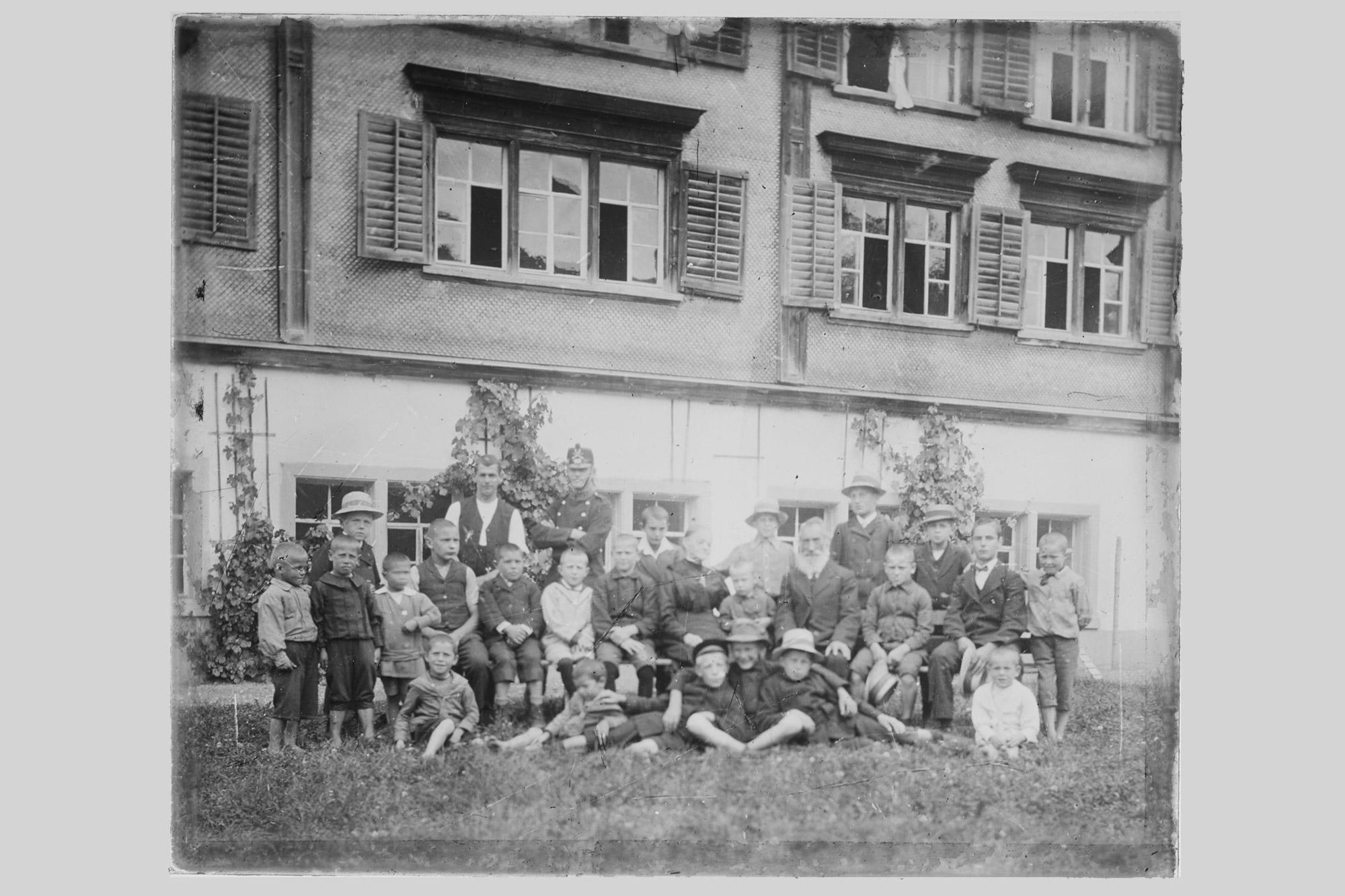The economics of foster homes in Switzerland since 1940

Because of modest subsidies and local autonomy, around 1940, numerous foster homes and institutions suffered from a lack of material resources, inappropriate living spaces and dormitories, hygienic standards, and trained professionals. These factors led to inhumane living conditions. How have funding and steering models in foster care developed since then?
Project description (completed research project)
Within the scope of this interdisciplinary study, combining economics and economic history, we examine the financing and steering models applied in foster homes from 1940 onwards. Special consideration is given to the federalist dimensions of the Swiss welfare state. Consequently, we examine the federal, cantonal and local levels. The interaction between state and private actors with regard to subsidy practices are also investigated. We analyze three cantons (Geneva, St. Gallen, Uri) and compare their different practices. Furthermore, we investigate whether and how subsidies were made subject to certain conditions in order to improve the living conditions of foster home residents.
Results
The summary of the results for this project are available here:
Original title
The Economics of Residential Care in Switzerland since 1940. Funding and Controlling Models in Child and Youth Care
